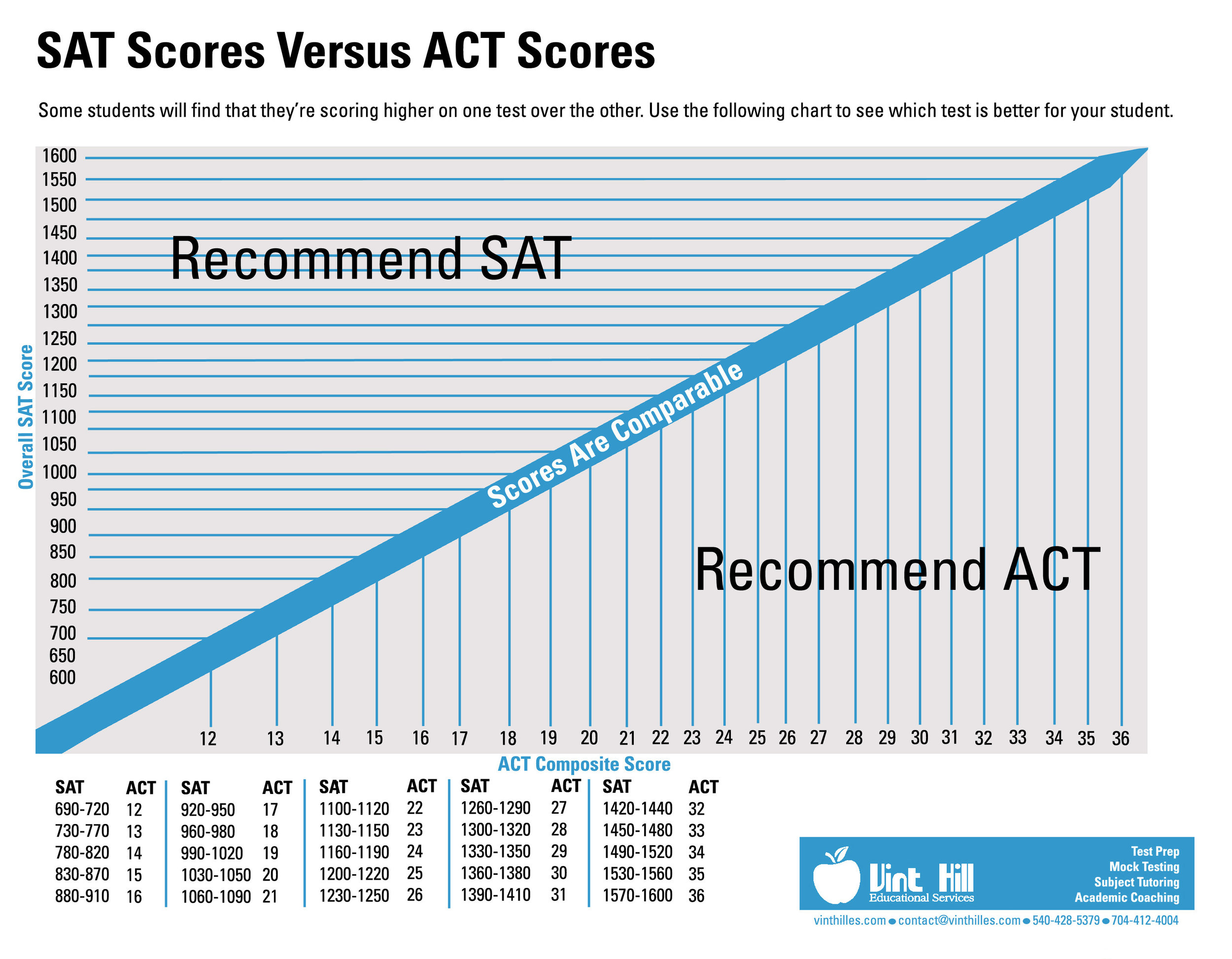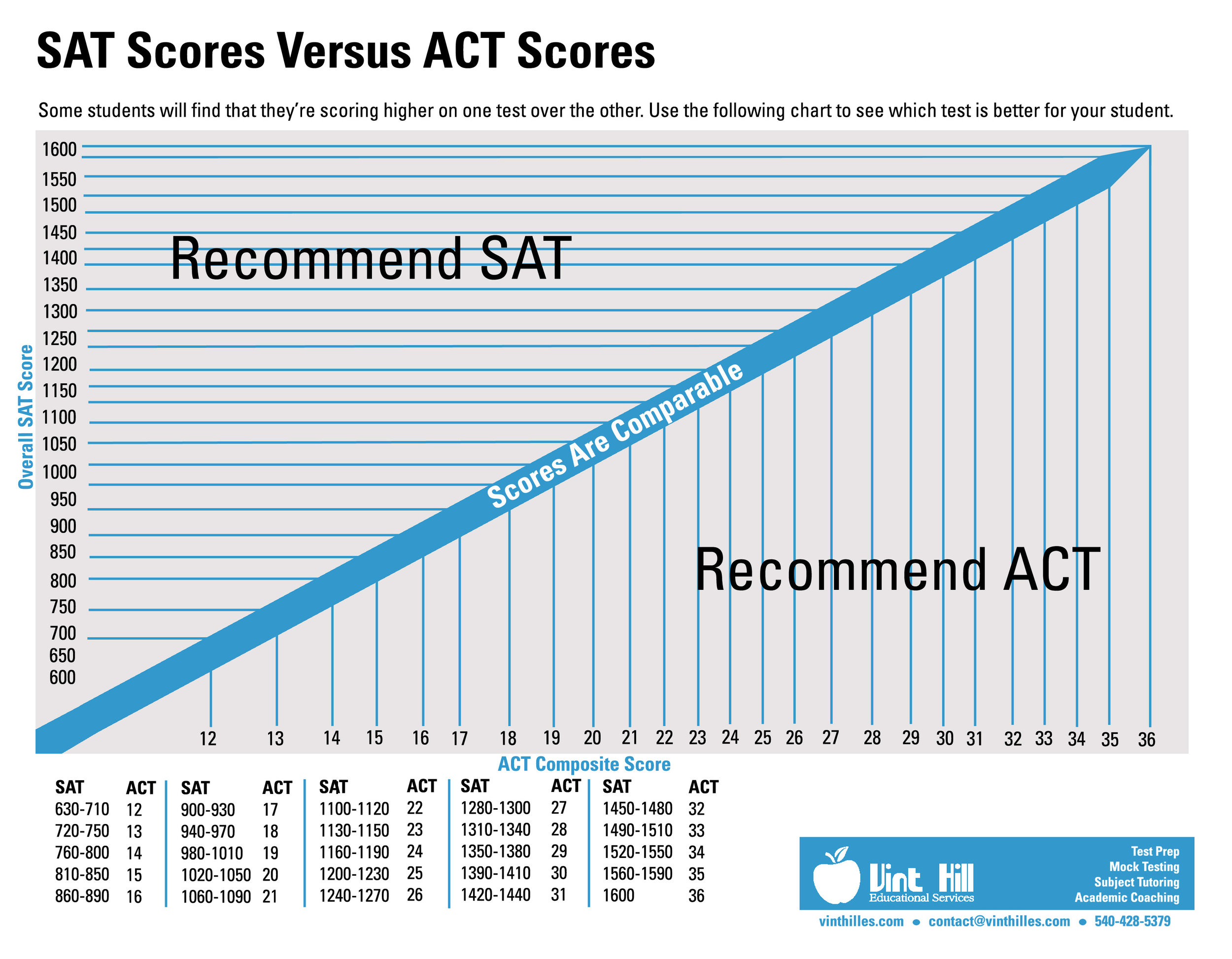3 Steps to Take After the ACT, SAT
What you do in the days after taking college entrance exams is just as important as pretest prep.
Most advice about taking the ACT and SAT instructs students on what to do in the days, weeks and months before the exam. However, the post-test period is also important because it requires specific and time-sensitive action from test-takers. If you have just taken the ACT or SAT or plan to do so, follow these three post-exam steps as soon as possible:
3 Common SAT, ACT Strategies:
Order additional score reports if necessary.
Decide whether to submit your scores to test-optional colleges.
Review your performance with an eye toward future improvement.
Order Additional Score Reports if Necessary
Paying ACT and SAT test-takers are allotted four free score reports – the document that outlines your results – per sitting. If you retake either assessment, you will be entitled to four then, as well. Students with fee waivers are allowed an unlimited number of SAT score reports, while on the ACT the number is an additional 20 reports per exam.
The cost is $13 per college for each additional ACT score report and $12 for each additional SAT score report. Note that rush delivery incurs an extra fee.
On exam day, many students send their scores to four schools on their college short list. But students who forget colleges on their short list or who prefer not to choose right away are not obligated to.
The College Board, for example, allows students to use their four free SAT score reports even after test day. Don’t delay too long, though. The offer expires after nine days and the fee becomes $12 unless you have a waiver. For both the ACT and SAT, students can order a new score report at any time if they decide to apply to a new college.
Decide Whether to Submit Your Scores to Test-Optional Colleges
Not all colleges require prospective students to submit ACT or SAT scores. Some institutions have always had a test-optional policy in place while some others have adopted this stance recently.
Due to the academic upheaval provoked by the novel coronavirus, an unprecedented number of universities have abandoned their testing requirements. Duke University in North Carolina, for instance, is waiving the requirement for the 2020-2021 academic year. Others, like the College of William and Mary in Virginia, are making test scores optional for the next few years. Still others are lifting the requirement permanently.
If any of your prospective schools are softening their testing policy, carefully weigh whether submitting your scores will help or harm your application’s standing. Students who are content with their SAT or ACT scores may benefit by including them with their application materials. On the other hand, students who are unsatisfied and send their scores anyway may unnecessarily compromise their chances of admission.
Review Your Performance with an Eye Toward Future Improvement
As soon as they receive their ACT and SAT score reports, students tend to zero in on their composite score. The composite score summarizes a student’s overall performance, so its merit as a test-taker's focal point is understandable. In reality, though, there is much more to the score report that warrants attention.
One extremely helpful feature of ACT and SAT score reports is that they break down your performance by test section, making it easy to identify your strengths and weaknesses. When analyzing your score reports, look carefully for patterns and trends in the data. For instance, if you underperformed in algebra and geometry questions, you may particularly benefit from reviewing ninth grade and 10th grade math material before beginning college.
If you decide to retest – another decision to be weighed carefully – your score report should be the guiding force in your prep sessions. By no means is it a document you should look at only once; keep it on hand and refer to it often to ensure your studies are suiting your needs. Your score report may also dictate how you review for future college-level assessments.
Check out our ACT versus SAT comparison chart for test differences. Sometimes the difference is like night and day, and for others, it may be a hairline higher on one versus the other. The student won't know which test is better, unless the individual takes one of each. We'll use our score concordance chart in order to make a test recommendation.
WE WILL BE PROCTORING TESTS VIRTUALLY ON SATURDAY MORNINGS AT 9:00 AM. UPON REGISTERING FOR A VIRTUAL MOCK TEST, YOU’LL RECEIVE A TEST PACKET VIA USPS MAIL.
PACKET INCLUDES:
ACT/SAT ANSWER SHEET
ACT/SAT TEST BOOKLET
*ACT/SAT ESSAY PROMPT
FOUR PAGES OF LINED PAPER
TEST INSTRUCTIONS
*THE ACT/SAT ESSAY IS OPTIONAL. STUDENTS INTERESTED IN TAKING THE ACT/SAT ESSAY WILL CONTINUE ON WITH THE TEST AFTER THE FINAL MULTIPLE-CHOICE SECTION (ACT SCIENCE OR SAT MATH).
PLEASE SIGN UP NO LATER THAN MONDAY DURING THE WEEK OF THE MOCK TEST. BE SURE TO INCLUDE YOUR ADDRESS DURING REGISTRATION, SO THAT WE CAN MAIL YOU A TESTING PACKET.
ALL ACT/SAT TESTS WILL BE PROCTORED VIRTUALLY THROUGH LESSONSPACE. THE DAY BEFORE EACH TEST, STUDENTS WILL RECEIVE AN EMAILED LINK TO JOIN THE VIRTUALLY PROCTORED TEST.
Private Mock Testing is also available. Please contact us for further information.





